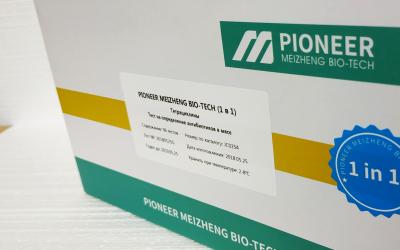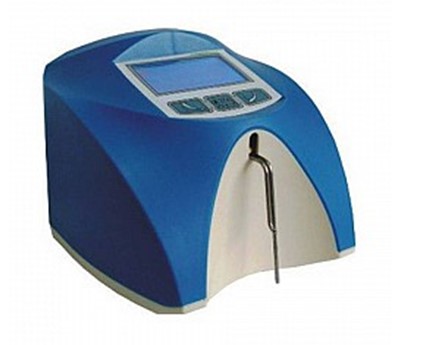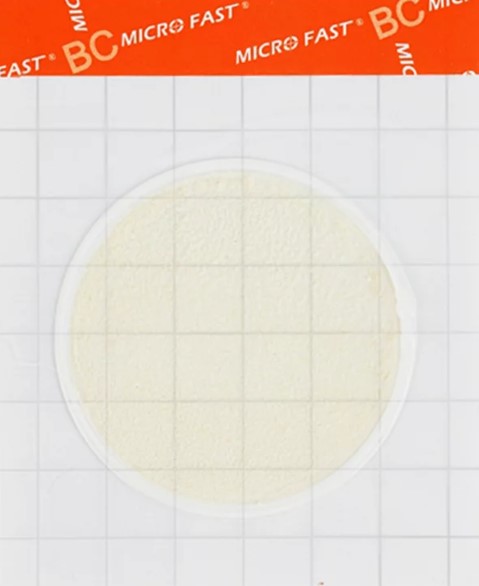Own molecules: how to achieve the technological sovereignty of the pharmaceutical industry
Historically, the pharmaceutical industry was developed by the Soviet government in the republics of the former USSR and the countries of the Warsaw Pact. As a result, after the collapse of the Union, research and production chains were completely destroyed - the country was left practically without pharmaceutical enterprises. Thanks to the implementation of the Strategy for the Development of the Russian Pharmaceutical Industry "Pharma 2020", which has been implemented since the beginning of the 2000s by the Ministry of Industry and Trade, the Ministry of HEALTH and the Ministry of Education and Science, the modern domestic industry began to be created virtually from scratch.
The covid-19 pandemic has clearly demonstrated to the whole world the importance of the scientific and technological capabilities of different countries in ensuring the safety of the health of citizens. The Russian Federation turned out to be among several states capable of creating effective vaccines and drugs for the treatment of previously unknown diseases in a short time. The developments of leading research centers, combined with the technological and production capabilities of the pharmaceutical industry, made it possible to provide our healthcare system with effective vaccines and drugs in the shortest possible time. Using the example of Sputnik V, we saw that a country can EXPORT high-tech products and receive significant revenue. Let's try to assess the prospects for Russian pharmaceuticals.
The Russian pharmaceutical market is developing, at the end of 2021 its volume amounted to 2.3 trillion rubles. The industry in a short time has mastered the large-scale production of generics - reproduced drugs that have come out of patent protection. Having accumulated certain financial resources, domestic pharmaceutical companies began to invest in the creation of their own original drugs. Nevertheless, at the moment, more than 55% of the market in terms of money is occupied by foreign drugs, and the share of domestic originals is only 11% in rubles and 5% in packages. Creating original drugs and entering the international market are extremely expensive processes. According to expert estimates, the price of the issue is $ 1-2.5 billion. The drug, which has successfully passed all stages of animal testing, then clinical studies and has shown efficacy and safety, must pay back the investment and make a profit from each package. Part of the profits from original drugs goes abroad, allowing international companies to invest in new developments.
According to the Global Innovation Survey, which ranks the top 1,000 public corporations with the world's largest investments in research and development, among the top 100 enterprises are 25 pharmaceutical companies that funded $121.9 billion in research and development with combined revenue of $704.8 billion ( based on 2018 data).
At the same time, it should be noted that universities and research centers are the key sources of innovative solutions for the pharmaceutical industry. They carry out cutting-edge research and start-ups with new molecules are born. Then the classical mechanism is launched with the attraction of venture investments, carrying out various stages of studying the drug and selling it to a strategic partner - a pharmaceutical company (as a rule, based on the results of the second phase of clinical trials - evaluating the effectiveness of the drug).
Now a system of technology transfer, activities of business angels, venture investors of various levels and global companies with multi-billion DOLLAR development budgets have begun to build up in the Russian Federation. There are already preconditions for this in the country: research centers are being created and research universities are actively developing. In particular, the launch of the national project "Science and Universities" and the program "Priority 2030" allowed universities to begin the transformation from educational or scientific-educational institutions into centers capable of creating innovative products and technologies.
In the current situation, we will not be able to immediately reproduce the classic system for creating drugs with tens of thousands of molecules, hundreds of start-ups and a market of buying companies capable of bringing the product to dozens of countries around the world. The process requires large resources: financial, human, infrastructural. In this regard, it is important to identify priorities for the development of science in the medium and long term. It is necessary to bring to business an understanding of the effectiveness of investments in science. We need to work on not only the search for new targets and the design of molecules, but also the creation of "production tools", primarily software. This will speed up and increase the efficiency of drug development. At the same time, part of the investment can be undertaken by the state, but with the obligatory involvement of businesses for co-financing, albeit a small one. Developments,
Read on RBC Pro Amendments for applicants for Golden Visas in the UAE: what they are changing CHINAthe end of the 90s: why India has become a curse for Russian importers Autodesk licenses are expiring. Developers can roll back 4 years ago Circles on the water: will the Web 3.0 bubble burst after the collapse of the FTX crypto exchangeThe formation of a system of "smart" investments, public-private partnerships in the development of drugs will allow building a stable relationship between scientists and business. This will provide the country with globally competitive products and a development and production mechanism that will simultaneously serve to ensure the technological sovereignty of the industry.



























































